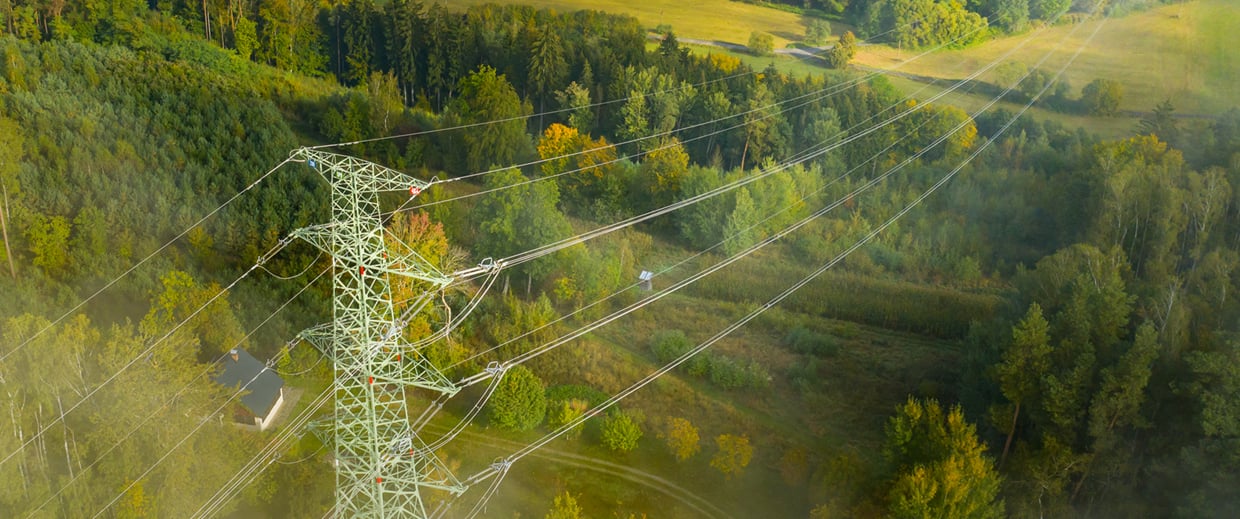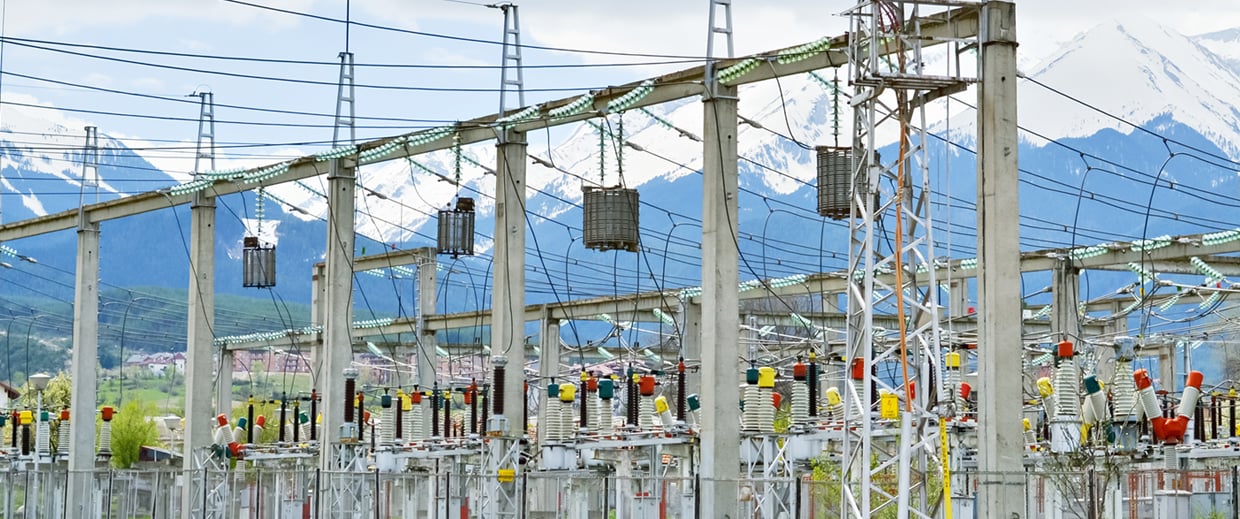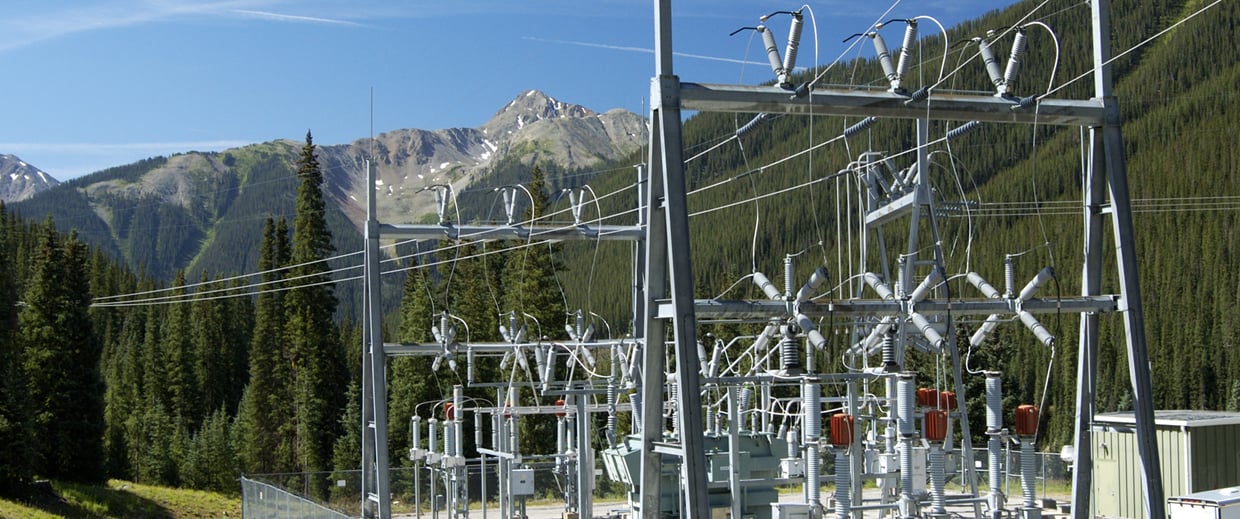All Posts
What is Explainable AI? - Part I
9 min read
What is Explainable AI? - Part II
14 min read
Layer 2 vs Layer 3 Switching
5 min read
SD-IoT and How to Ensure Ultra Resilient Connectivity for Next-Generation IoT Applications
9 min read
Harnessing Real-Time Data and Edge Computing in Oil and Gas Fields
5 min read
CBRS, Anterix and Private Network for Utilities
4 min read
Industry 4.0 Embarks on a Private 5G Journey
4 min read
IoT for Transmission Tower & Power Line Monitoring
4 min read
IoT for Next-Gen Substation Connectivity
5 min read
How to Secure SCADA Substation Automation
5 min read


















